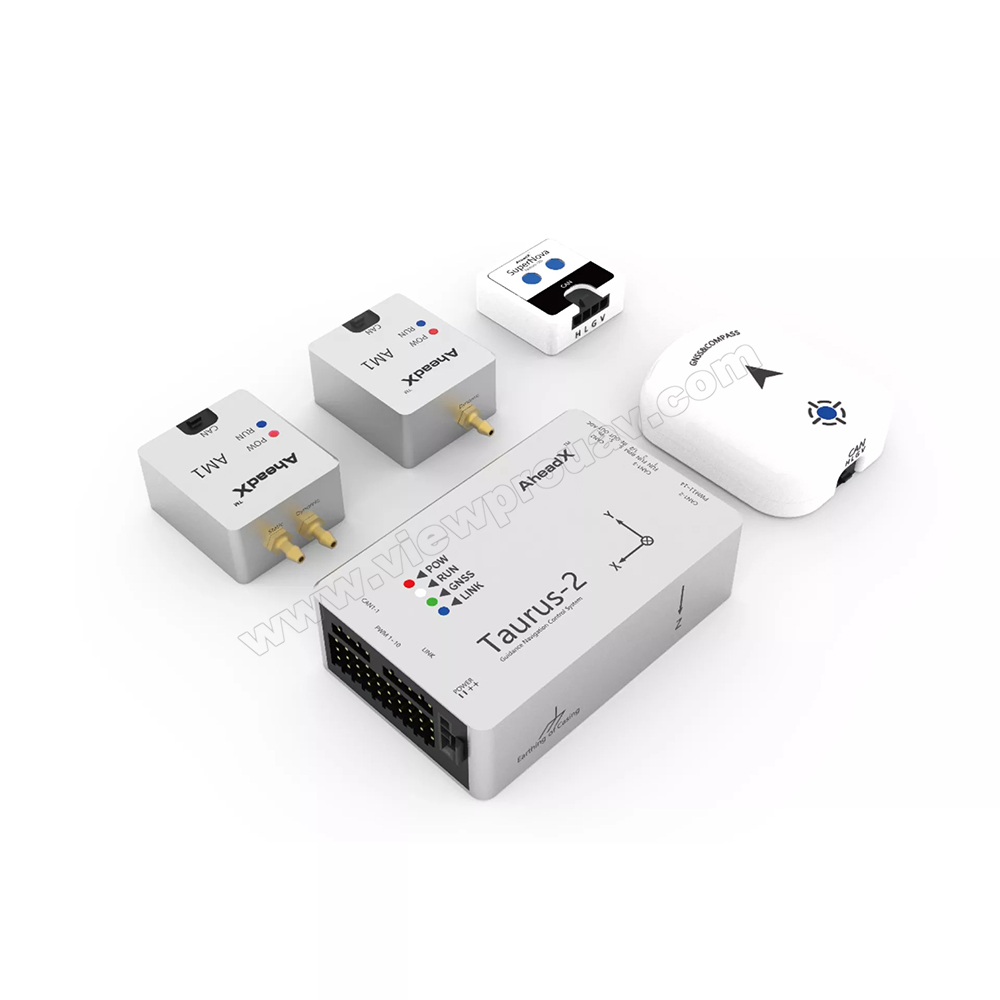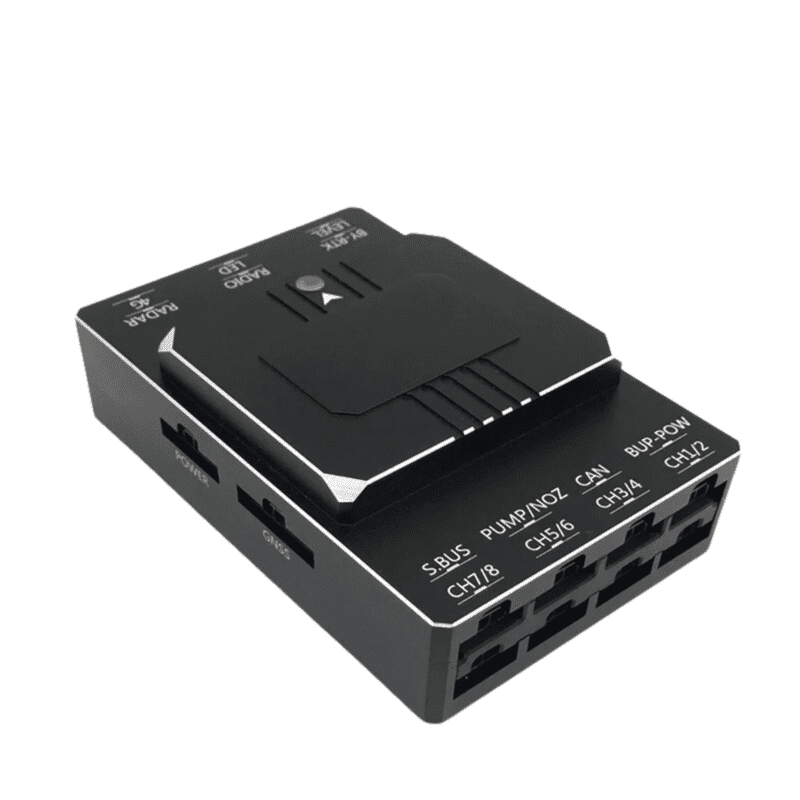Reputable Drone Navigation with SparkNavi Drone Flight Controller and GNSS/INS Made in Taiwan
Reputable Drone Navigation with SparkNavi Drone Flight Controller and GNSS/INS Made in Taiwan
Blog Article
A Comprehensive Guide to Picking the Right Drone Flight Controller for Your Unmanned Aerial Lorry Requirements
Selecting an appropriate trip controller for your unmanned aerial vehicle is a critical choice that can substantially influence its operational capacities and general efficiency. Various aspects, including the kind of UAV you are utilizing and your desired application, have to be thoroughly examined. Trick attributes such as processing power, sensing unit compatibility, and telemetry choices play a crucial function in guaranteeing effective assimilation. As the landscape of offered choices increases, understanding these aspects becomes significantly important for attaining your UAV goals. The question stays: what standards should direct your option process to make certain optimal performance?
Understanding Trip Controller Types
When diving right into the globe of drone modern technology, recognizing the various kinds of flight controllers is vital for selecting the ideal one for your demands. Trip controllers work as the brain of the drone, managing its flight dynamics and stabilizing the aircraft during procedure.

Conversely, fixed-wing trip controllers are tailored for drones with traditional wing structures, looking like aircrafts - SparkNavi drone flight controller and GNSS/INS made in taiwan. These controllers concentrate on maximizing long-duration flight and gas efficiency, as they enable gliding and need much less power contrasted to multi-rotor systems
In addition, there are hybrid controllers that combine features of both types, dealing with versatile applications. Choosing the suitable trip controller entails analyzing your drone's design, intended usage, and called for efficiency, establishing a foundational understanding that is essential for effective drone procedure.
Key Features to Take Into Consideration
Reviewing the vital attributes of a trip controller is critical for making certain ideal performance and compatibility with your drone's layout and desired applications. One of the foremost aspects to consider is the controller's handling power. A higher processing rate enables quicker feedback times and far better handling of complicated maneuvers, especially in high-stress settings.
One more considerable feature is the number of sustained sensing units and peripherals. Advanced flight controllers frequently sustain a number of sensing units, such as general practitioner, accelerometers, and gyroscopes, improving trip security and accuracy. Additionally, the availability of telemetry support is important for real-time data transmission back to the operator, which assists in keeping an eye on drone efficiency.

Finally, the dimension and weight of the flight controller should straighten with your drone's specs, ensuring that it does not endanger flight performance. By carefully analyzing these essential functions, you can select a trip controller that satisfies your UAV's functional demands and boosts its abilities.
Compatibility With Your UAV
Making certain compatibility between your trip controller and UAV is important for attaining seamless procedure and optimal efficiency (SparkNavi drone flight controller and GNSS/INS made in taiwan). The integration of these 2 elements can dramatically affect trip security, control responsiveness, and general performance. When picking a flight controller, it is crucial to confirm that it sustains the certain arrangement and requirements of your UAV, including its dimension, weight, and intended applications
Begin by analyzing the communication procedures made use of by both the flight controller and your UAV. Common procedures include PWM, PPM, and S.Bus, which facilitate the transmission of signals in between parts. In addition, consider the power demands of the trip controller and make certain that your UAV's power distribution system can sufficiently supply the required voltage and existing.
One more essential element is the physical dimensions and installing alternatives. The trip controller need to fit securely within More Info your UAV's frame, Home Page permitting reliable air flow and defense from exterior aspects. Examine the compatibility with various other onboard systems such as General practitioner, telemetry, and cams, as these assimilations can boost the capacities of your UAV and add to a much more advanced flying experience.
Popular Trip Controller Brands

One of one of the most identified brand names is DJI, recognized for its user-friendly interfaces and advanced stablizing modern technology. DJI trip controllers are frequently chosen for industrial applications because of their dependability and comprehensive support community. Another significant gamer is Pixhawk, an open-source system that permits for considerable modification and adaptability, making it popular among enthusiasts and researchers.
Kiss and Betaflight have actually obtained grip within the auto racing drone community for their lightweight, high-performance controllers that focus on rate and responsiveness. On the other hand, Vector and APM provide durable options that satisfy both leisure and specialist UAV requirements, flaunting sophisticated functions like self-governing flight capacities.
Finally, the increase of brand names like Holybro and Matek has actually presented innovative, economical choices that do not compromise performance. Each brand name presents unique advantages, making it crucial for individuals to analyze their specific requirements and choose a trip controller that lines up with their operational objectives.
Tips for Setup and Arrangement
Choosing the best trip controller is simply the beginning; correct setup and setup are crucial to taking full advantage of efficiency and guaranteeing the drone runs as planned. Start by very carefully reviewing the manufacturer's directions, as each trip controller weblink may have certain requirements. Ensure that all parts are compatible, consisting of the escs, batteries, and electric motors, to stay clear of performance concerns.
.jpg)
When installing the trip controller, secure it securely to the drone structure, preferably in a vibration-dampened manner to lessen noise interference - SparkNavi drone flight controller and GNSS/INS made in taiwan. Position the controller in a manner that enables optimum GPS reception, commonly with a clear view of the sky. Link all needed circuitry systematically, taking note of color codes and pin layouts to protect against misconfiguration
Make use of the producer's software application devices to calibrate the controller, ensuring that all sensing units, including accelerometers and gyroscopes, are correctly configured. It is advisable to carry out a pre-flight check to confirm setups and do examination trips in a safe, open location.
Verdict
Finally, choosing the ideal drone flight controller is necessary for making the most of the efficiency and performance of unmanned airborne cars. By comprehending flight controller types, reviewing key functions, and guaranteeing compatibility with particular UAV configurations, users can make enlightened decisions. Additionally, experience with prominent brands and adherence to installment guidelines will assist in smooth assimilation and trustworthy operation. Cautious consideration of these variables eventually enhances the overall efficiency of UAV applications across numerous sectors.
There are primarily two groups of trip controllers: multi-rotor and fixed-wing controllers.Reviewing the essential attributes of a flight controller is critical for ensuring ideal performance and compatibility with your drone's style and desired applications. Advanced flight controllers frequently support numerous sensing units, such as GPS, accelerometers, and gyroscopes, improving trip stability and accuracy.Choosing the appropriate flight controller is just the start; proper setup and setup are crucial to making the most of performance and making sure the drone runs as intended.In conclusion, choosing the ideal drone trip controller is necessary for taking full advantage of the performance and performance of unmanned aerial lorries.
Report this page